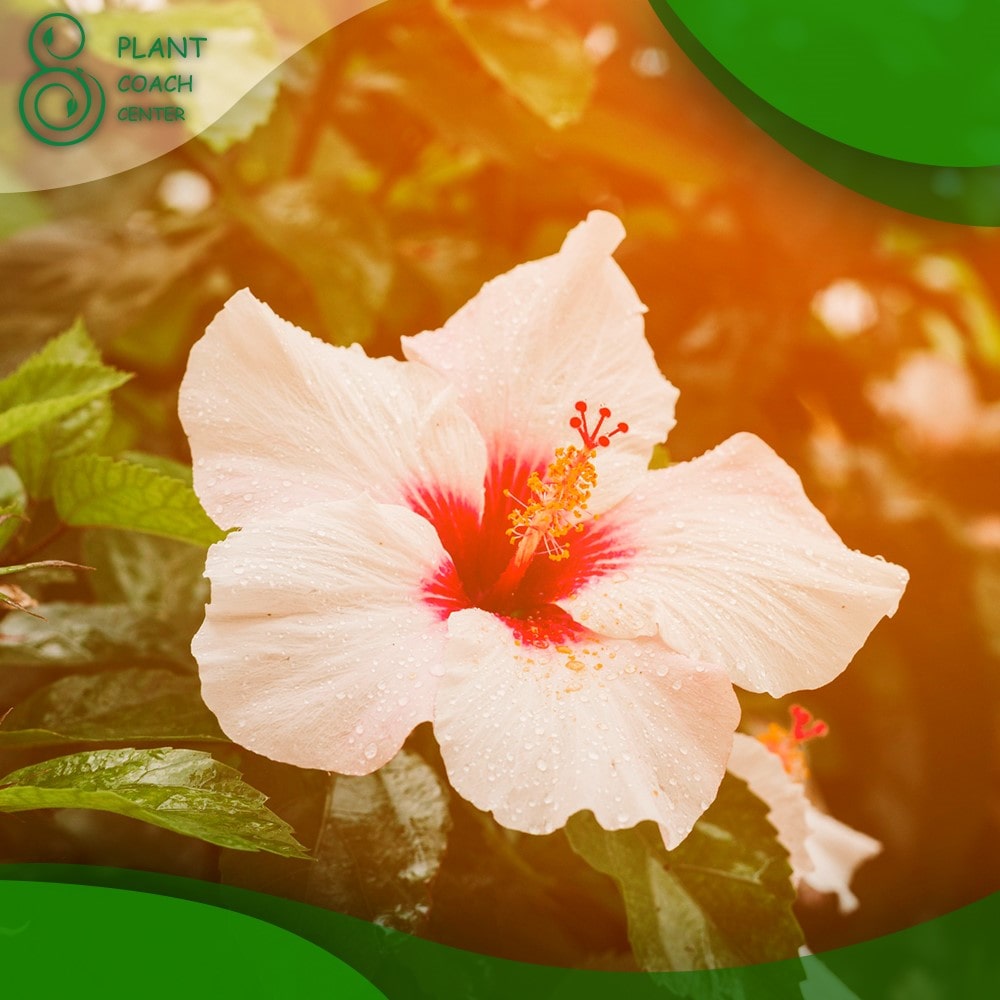When to Cut Back Rose of Sharon
The Rose of Sharon, known for its vibrant blooms and graceful appearance, is a popular flowering shrub among garden enthusiasts. To ensure its continued health and beauty, proper pruning is essential. Pruning enhances the plant’s aesthetics and promotes vigorous growth and abundant flowering. In this comprehensive guide, we will explore the optimal timing for pruning Rose of Sharon, discuss the benefits of pruning, provide step-by-step instructions, and address common plant problems associated with this charming shrub.
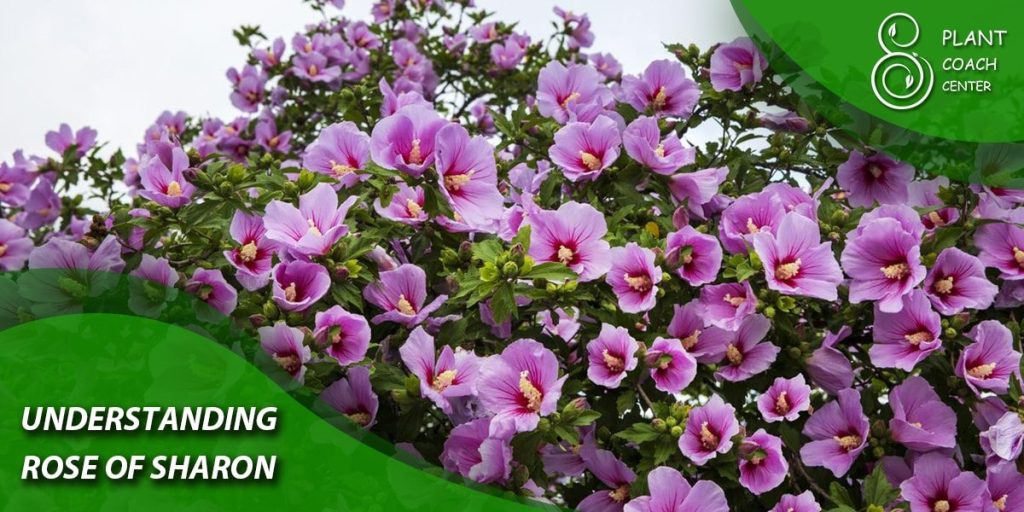
Understanding Rose of Sharon
Before delving into pruning, let’s familiarize ourselves with the Rose of Sharon (Hibiscus syriacus). This deciduous shrub is a mallow family member and is native to Asia. With its lovely trumpet-shaped flowers in shades of pink, purple, white, and blue, the Rose of Sharon adds a touch of elegance to any garden. It typically reaches 8 to 12 feet (2.4 to 3.7 meters) and has a spreading growth habit.
Benefits of Pruning Rose of Sharon
Pruning is a vital aspect of Rose of Sharon care, offering numerous benefits for the plant and the gardener. By understanding these advantages, you can harness the full potential of this beautiful shrub.
Promoting Healthy Growth
Regular pruning helps maintain the overall health and vigour of the Rose of Sharon. It allows for the removal of weak, damaged, or diseased branches, minimizing the risk of pests and diseases. Additionally, proper pruning improves air circulation within the plant, reducing the likelihood of fungal infections and promoting robust growth.
Enhancing Flowering
Pruning stimulates abundant flower production in the Rose of Sharon. By removing spent blooms and shaping the shrub, you encourage the development of new flower buds. This extends the blooming period and ensures larger, more vibrant blossoms.
Maintaining Shape and Size
As the Rose of Sharon matures, it may grow unevenly or become too large for its designated space. Pruning allows you to shape the plant, maintaining an aesthetically pleasing form and preventing overcrowding. Properly pruned Rose of Sharon shrubs creates a visually appealing landscape while preserving the health and vitality of the plant.
When to Prune Rose of Sharon
Determining the ideal time to prune your Rose of Sharon depends on several factors, including seasonal timing, climate, and the plant’s condition. Let’s explore the different pruning periods and how they affect the shrub’s growth.
Pruning in Spring
Just before new growth emerges, the spring season is a suitable time for pruning Rose of Sharon. It’s important to prune early enough to allow sufficient time for the plant to recover and produce new blooms. In early spring, inspect the shrub for any winter damage, dead branches, or crossing limbs that may hinder healthy growth.
Pruning in Summer
Summer pruning is often reserved for corrective or light pruning tasks. This period is ideal for removing unwanted branches, promoting airflow, and shaping the plant. Be cautious not to prune excessively during this time, as it may impede the shrub’s ability to produce flowers in the current season.
Pruning in Fall
While pruning in fall is not typically recommended for all plants, Rose of Sharon can benefit from light fall pruning. Towards the end of the growing season, around late autumn, you can trim back any dead or diseased branches. However, avoid major pruning during this time, as it may stimulate new growth susceptible to frost damage.
Considering Climate and Region
In addition to seasonal timing, it’s crucial to consider your specific climate and region when determining when to prune Rose of Sharon. Suppose you live in a region with harsh winters. In that case, avoiding late fall or winter pruning is best, as the plant needs time to harden off before cold temperatures arrive. Conversely, if you reside in a mild climate, you may have more flexibility in selecting the pruning period.
Assessing Plant Condition and Needs
Another important aspect to consider is the current condition and needs of your Rose of Sharon. If the shrub appears healthy and well-shaped, light pruning may be sufficient. However, a more extensive pruning approach may be necessary if you notice signs of disease, excessive growth, or poor flowering. Carefully evaluate the plant’s overall health and tailor your pruning regimen accordingly.
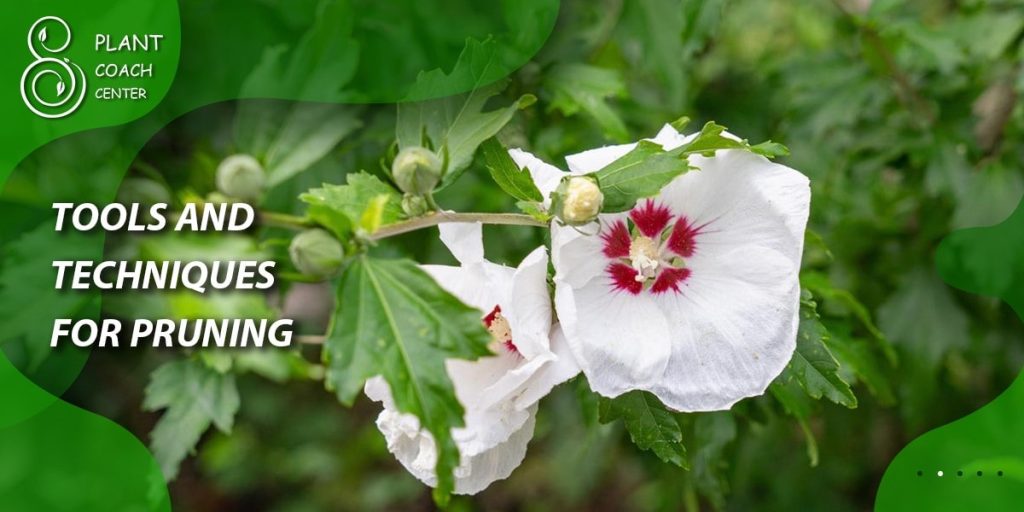
Tools and Techniques for Pruning
Now that we’ve explored the best time to prune Rose of Sharon let’s delve into the tools and techniques necessary for successful pruning.
Essential Pruning Tools
To effectively prune Rose of Sharon, ensure you have the following tools:
- Sharp Pruning Shears: Use clean, sharp pruning shears to make precise cuts without causing damage to the plant.
- Loppers: Loppers provide the necessary leverage and cutting power for thicker branches.
- Pruning Saw: A pruning saw is useful for removing larger, woody stems or branches.
Proper Pruning Techniques
When pruning your Rose of Sharon, follow these essential techniques to achieve optimal results:
- Making Clean Cuts: Ensure your pruning tools are sharp to create clean cuts that heal quickly. Ragged or jagged cuts may invite pests and diseases.
- Removing Dead and Diseased Wood: Removing dead, damaged, or diseased branches. These can serve as entry points for pests and compromise the overall health of the shrub.
- Shaping and Thinning the Plant: Carefully assess the desired shape and size of your Rose of Sharon. Trim back excessive growth and branches that disrupt the plant’s natural form. Thinning the shrub by removing select branches encourages better airflow and light penetration.
- Encouraging New Growth: Prune selectively to stimulate the growth of new branches and flower buds. Make cuts just above an outward-facing bud or node to encourage outward growth.
Step-by-Step Guide to Pruning Rose of Sharon
Now that we have discussed the timing, tools, and techniques, let’s provide a step-by-step guide to help you prune your Rose of Sharon effectively.
Step 1: Preparing for Pruning:
Gather your pruning tools and put on protective gloves. A bucket or tarp nearby is also helpful for collecting the pruned branches.
Step 2: Identifying Pruning Targets:
Inspect your Rose of Sharon and identify the branches that require pruning. Look for dead, damaged, or diseased wood and any crossing or overcrowded branches. Consider the overall shape and size you want to achieve.
Step 3: Making the Cuts:
Make precise cuts just above a bud or node using sharp pruning shears or loppers. Angle the cut slightly away from the bud to promote outward growth. For thicker branches, use a pruning saw and cut a three-step process: an undercut, a top cut, and a final smooth cut.
Step 4: Post-Pruning Care:
After pruning, it’s important to provide proper care to support your Rose of Sharon’s recovery and growth. Water the shrub thoroughly, especially if the pruning occurs during dry conditions. Apply a layer of organic mulch around the base of the plant to conserve moisture and suppress weed growth.
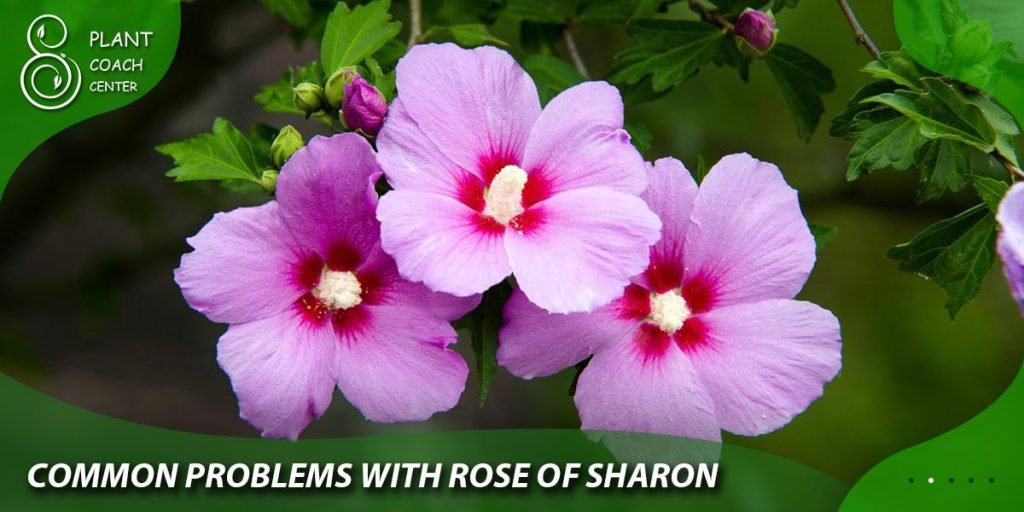
Common Problems with Rose of Sharon
Pests and Diseases
- Aphids and Spider Mites: Aphids are small, soft-bodied insects that often cluster on the undersides of leaves, sucking plant sap and causing curling or distortion of leaves. Spider mites are tiny pests that spin fine webs and feed on plant tissues, leading to stippling or yellowing of leaves. To control aphids and spider mites, spray the affected plants with a strong jet of water to dislodge them or use insecticidal soap if the infestation is severe.
- Scale Insects and Caterpillars: Scale insects are small, immobile pests that attach to the stems and leaves, appearing as raised bumps. They can weaken the plant by sapping its sap. Caterpillars, on the other hand, can cause defoliation by feeding on the leaves. You can manually remove scale insects by scraping or using horticultural oil to suffocate them. Handpicking caterpillars or using organic insecticides can help control their populations.
- Fungal Infections and Powdery Mildew: Rose of Sharon is susceptible to fungal infections like powdery mildew. This fungal disease appears as a white, powdery coating on the leaves and stems, often causing them to curl or distort. To prevent powdery mildew, ensure good airflow around the plant by providing adequate spacing and avoiding overhead watering. Applying a fungicide labelled for powdery mildew control may be necessary in severe cases.
Nutrient Deficiencies
- Iron Chlorosis: Iron chlorosis is a common problem characterized by yellowing the leaves between the veins while the veins remain green. This occurs when the plant cannot access sufficient iron due to alkaline soil or poor iron availability. To address iron chlorosis, apply an iron chelate fertilizer according to the package instructions to provide the necessary iron supplement to the plant.
- Nitrogen Deficiency: Nitrogen is an essential nutrient for plant growth, and its deficiency can result in stunted growth and pale or yellowish leaves. To rectify nitrogen deficiency, apply a balanced fertilizer or incorporate organic matter into the soil to provide a slow-release nitrogen source that can gradually nourish the plant.
Environmental Stressors
- Drought and Watering Issues: Rose of Sharon prefers moist, well-draining soil. Inadequate watering or drought stress can lead to wilting, leaf drop, and poor flowering. Ensure regular deep watering, especially during dry periods, and monitor soil moisture levels to maintain adequate hydration without waterlogging.
- Extreme Temperatures: Rose of Sharon is generally hardy, but extreme heat or cold can adversely affect the plant. Provide shade or temporary coverings during intense heat to protect the shrub from excessive sunlight. Consider covering the plant or providing insulation during freezing temperatures to prevent frost damage in regions with frost.
By recognizing these common problems and implementing appropriate solutions, you can mitigate their impact on your Rose of Sharon and ensure a healthier and more vibrant plant. Regular monitoring, proper care, and timely intervention will contribute to the long-term success of your Rose of Sharon in your garden.
Troubleshooting Rose of Sharon Issues
When encountering problems with your Rose of Sharon, it’s crucial to troubleshoot and address them promptly. Here’s a simple framework to help you identify and resolve issues:
Recognizing Symptoms
Pay close attention to your Rose of Sharon’s appearance. Look for changes in leaf colour, wilting, abnormal growth patterns, or signs of pests and diseases. Timely detection of symptoms is key to effective troubleshooting.
Diagnosing the Problem
Once you observe symptoms, try to identify the underlying cause. Refer to gardening resources, consult with local experts, or seek assistance from a knowledgeable gardener. Proper diagnosis will guide you toward appropriate solutions.
Implementing Effective Solutions
Based on the diagnosis, implement targeted solutions to address the specific problem. This may include cultural practices such as adjusting watering habits, improving soil fertility, or implementing pest control measures. Follow recommended guidelines and monitor the plant’s response to ensure the effectiveness of the chosen solutions.
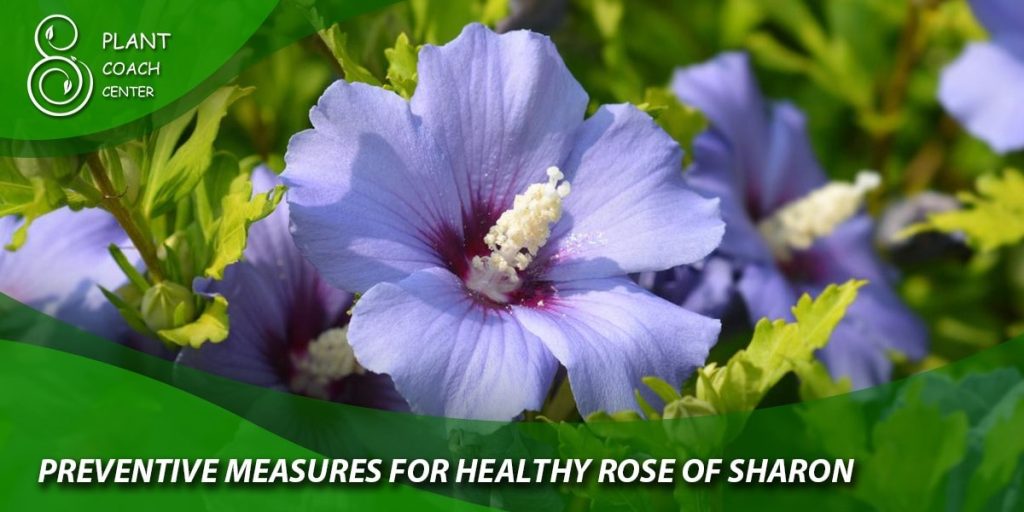
Preventive Measures for Healthy Rose of Sharon
To maintain the overall health and vitality of your Rose of Sharon, it’s essential to incorporate preventive measures into your plant care routine. Here are a few practices to consider:
Proper Watering and Drainage
Water your Rose of Sharon deeply and regularly, ensuring the soil is moist but not waterlogged. Use a soaker hose or drip irrigation system to provide water directly to the roots. Improve drainage in heavy clay soils by incorporating organic matter.
Mulching and Fertilization
Apply a layer of organic mulch around the base of the shrub, keeping it a few inches away from the trunk. Mulch helps retain soil moisture, regulate temperature, and suppress weeds. Additionally, fertilize your Rose of Sharon annually with a balanced slow-release fertilizer to provide essential nutrients.
Regular Inspections and Maintenance
Regularly inspect your Rose of Sharon to identify early signs of pests, diseases, or nutrient deficiencies. Prune as needed to remove dead wood and promote airflow. Maintain a clean garden environment by removing fallen leaves and debris.
Conclusion
Pruning the Rose of Sharon is vital to its care, ensuring healthy growth, abundant flowering, and an attractive appearance. By understanding the optimal timing, using the right techniques, and addressing common plant problems, you can successfully maintain the beauty and vitality of your Rose of Sharon. Remember to observe your plant closely, provide appropriate care, and enjoy the rewards of a well-maintained garden adorned with the stunning blooms of this remarkable shrub.
When is the best time to prune Rose of Sharon?
Prune in spring or early summer for optimal results.
How can I control pests on my Rose of Sharon?
Use insecticidal soap or spray affected plants with water to dislodge pests.
What causes yellowing leaves on the Rose of Sharon?
Yellow leaves may indicate nutrient deficiencies or iron chlorosis. Apply appropriate fertilizers or iron supplements as needed.


